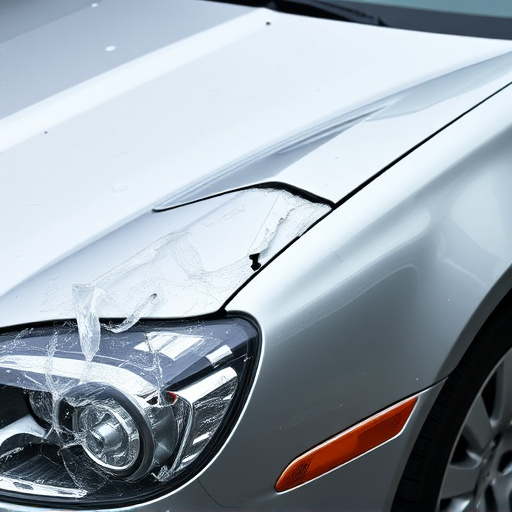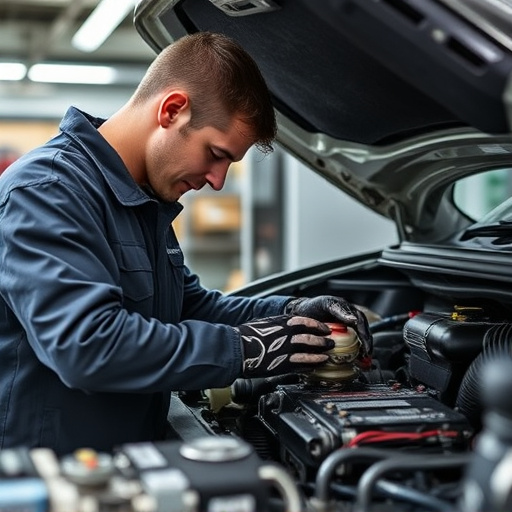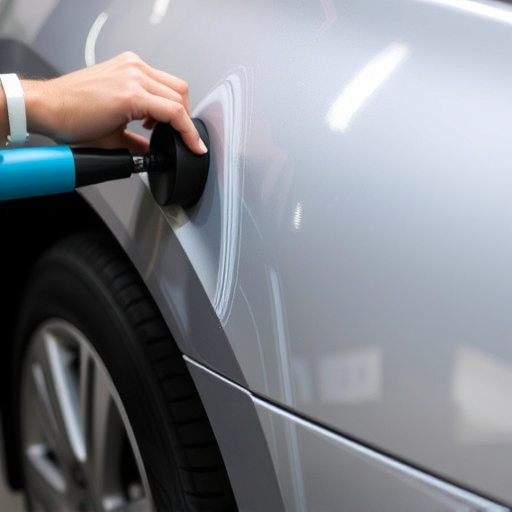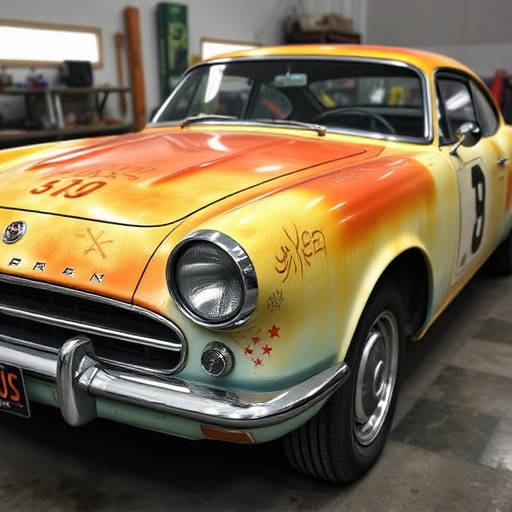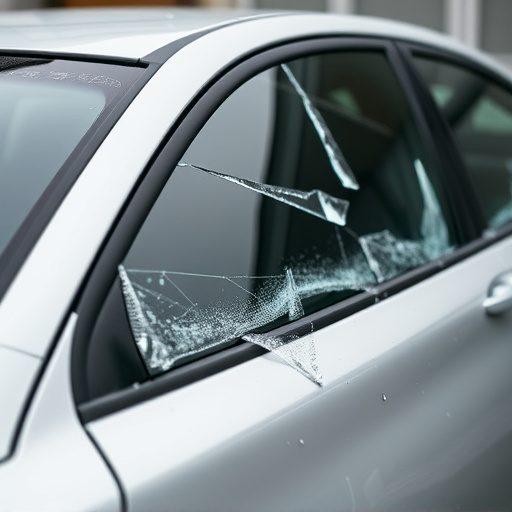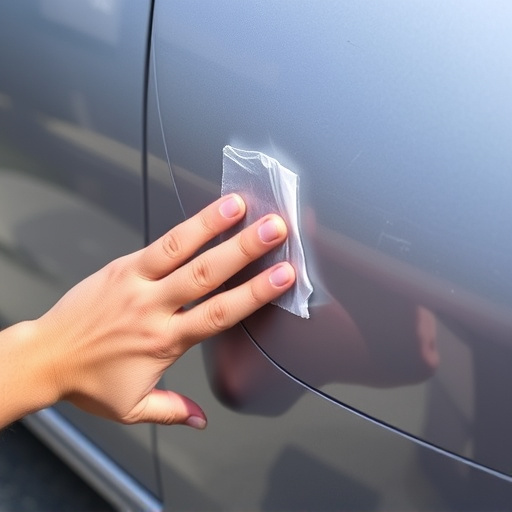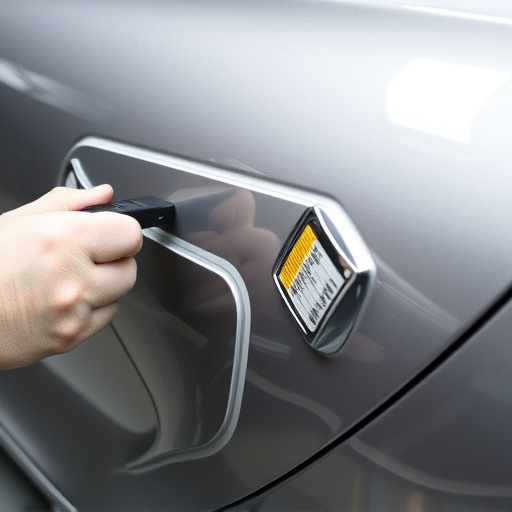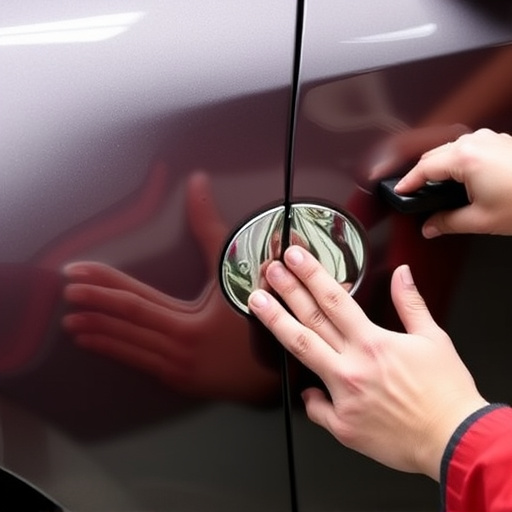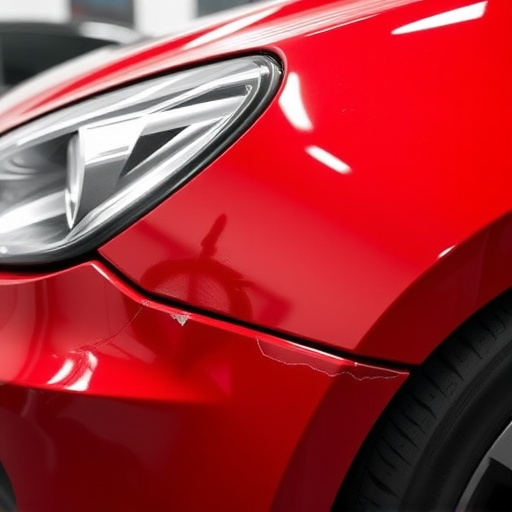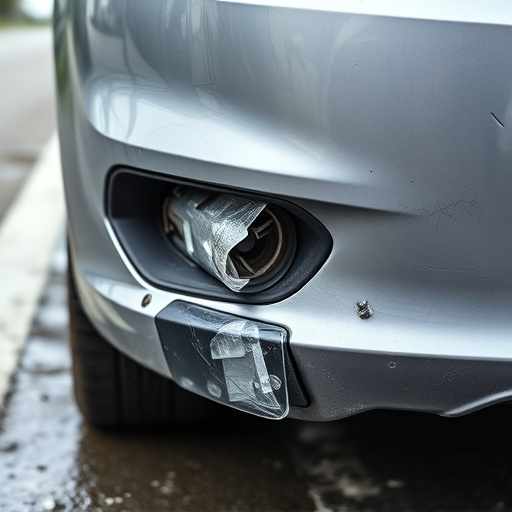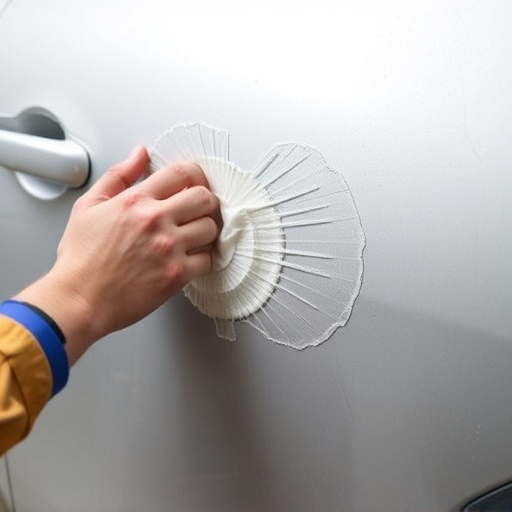Adhering to OEM guidelines for full panel replacement is crucial for collision centers aiming top-tier bodywork repairs. The process involves meticulous preparation, careful removal of damaged panels, thorough inspection, precise fitting of new panels, durable sealing, and strict attention to detail. Challenges include aligning new panels with existing bodywork and using high-quality OEM parts to maintain structural integrity and aesthetic appeal, enhancing the longevity and value of automotive repairs.
“OEM guidelines play a pivotal role in ensuring the success of a full panel replacement, offering a structured approach to automotive restoration. This comprehensive guide delves into the intricacies of this process, highlighting key steps from initial assessment to final installation. We explore common challenges faced during full panel swaps, providing practical solutions for a seamless experience. By adhering to OEM standards, auto technicians can achieve superior results, ensuring vehicles return to their original condition.”
- Understanding OEM Guidelines for Full Panel Replacement
- Key Steps in Car Full Panel Restoration Process
- Common Challenges and Solutions During Full Panel Swap
Understanding OEM Guidelines for Full Panel Replacement
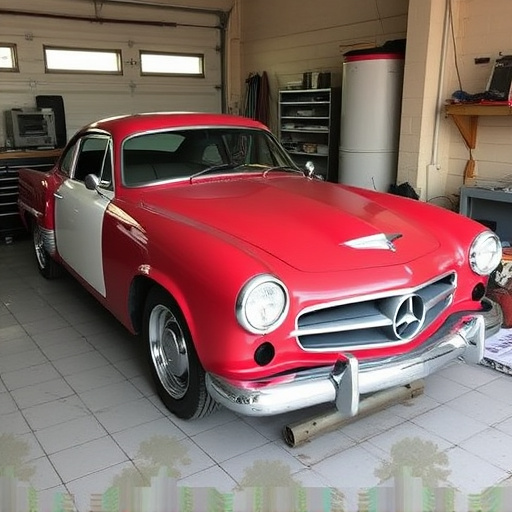
Understanding OEM Guidelines for Full Panel Replacement is paramount when aiming to ensure superior quality and durability in car bodywork repairs. Original Equipment Manufacturer (OEM) guidelines provide a detailed roadmap for achieving precise outcomes, especially during complex procedures like full panel replacement. These guidelines encompass every aspect of the process, from selecting the right materials to specific techniques for proper installation. Adhering to OEM standards guarantees that the repaired vehicle retains its original structural integrity and aesthetic appeal.
When it comes to collision center operations, following OEM instructions for car dent repair and full panel replacement is crucial. This involves meticulous attention to detail, using only certified parts, and employing advanced technologies as recommended by the manufacturer. By aligning with these guidelines, collision centers can offer top-notch services that not only fix damages but also preserve the vehicle’s overall value and performance, reflecting a commitment to excellence in car bodywork repairs.
Key Steps in Car Full Panel Restoration Process
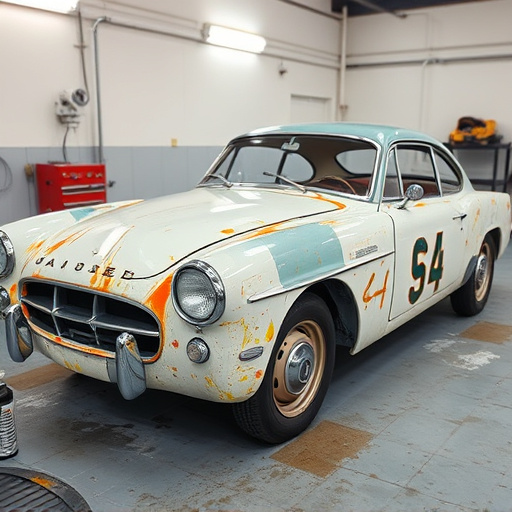
The full panel replacement process involves several crucial steps to ensure a seamless and high-quality vehicle restoration. It begins with meticulous preparation, where the damaged panel is carefully removed while ensuring minimal disruption to surrounding components. This requires skill and precision to avoid any collateral damage. Once the old panel is extracted, the surface is thoroughly inspected for any underlying issues or imperfections that need addressing.
The next critical phase involves fitting the new panel, aligning it precisely with the vehicle’s body. Auto repair services often employ specialized tools and techniques to guarantee a perfect fit. Following this, proper sealing and bonding are essential to make the replacement durable and weatherproof. Vehicle restoration at this stage demands attention to detail to match the original specifications, ensuring the final product looks as good as new. Lastly, quality control checks ensure every aspect of the full panel replacement meets the highest standards, leaving no scope for compromise in vehicle repair services.
Common Challenges and Solutions During Full Panel Swap
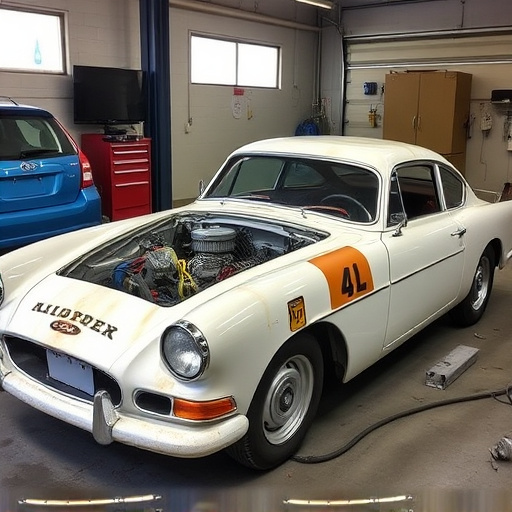
During a full panel replacement, automotive repair experts often encounter several common challenges. One of the primary issues is ensuring precise alignment and fitting of new panels with existing car bodywork. Panel gaps must be spot-on to maintain the vehicle’s structural integrity and aesthetic appeal. Skilled technicians use specialized tools and techniques, such as laser measurements and robotic welding, to achieve these tight tolerances.
Another challenge lies in acquiring high-quality replacement parts that perfectly match the original equipment manufacturer (OEM) specifications. Counterfeit or subpar panels can compromise the safety and durability of the vehicle. Reputable collision repair shops prioritize using genuine OEM parts for seamless integration with the car’s existing components. Proper training and adherence to these guidelines ensure a successful full panel replacement, enhancing the longevity and value of the automotive repair process.
Full panel replacement is a complex process that requires adherence to Original Equipment Manufacturer (OEM) guidelines for optimal results. By understanding these guidelines, following key steps meticulously, and anticipating common challenges, car owners can ensure their vehicle’s body panels are restored to like-new condition. This comprehensive approach not only enhances the aesthetics but also maintains the structural integrity of the vehicle, making it a valuable reference for anyone considering a full panel swap.
